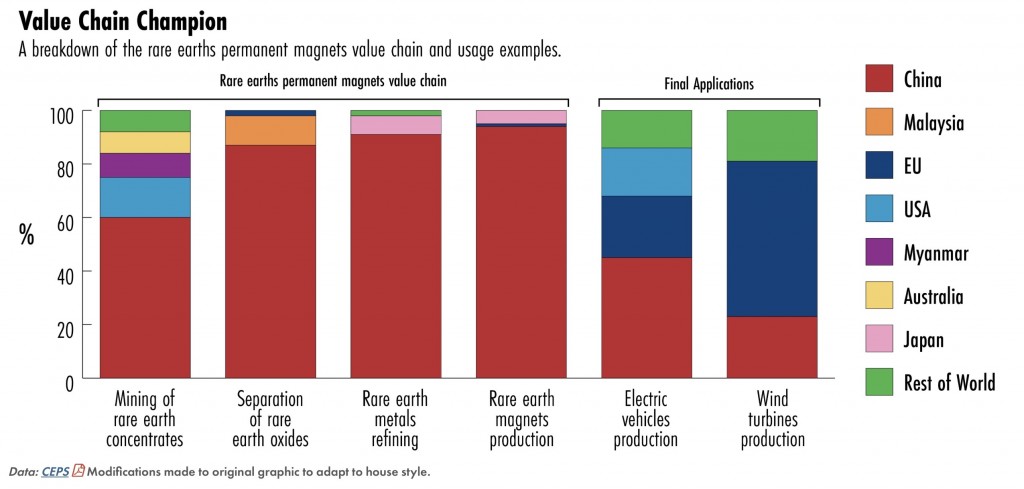As the cliché goes, the global economy is inextricably interconnected. Easy to say, but still surprising to see it unfold in front of us – especially when the nation illustrating the truism is the world’s 44th largest economy, with a GDP roughly the size of Indiana.
But small size belies the multiplier effect of Critical Minerals, which can have an outsized impact on the global economy.
On April 20, 2023 Chile’s President Gabriel Boric announced his plan to nationalize the country’s lithium industry to boost the Latin American nation’s industrial base and protect the environment. Falling short of full nationalization, the proposals envision majority state-owned partnerships with private companies for lithium exploration and production, and would require that the two lithium miners currently operating in the country, Chile’s SQM and U.S. company Albemarle, “negotiate an unspecified state participation in their existing concessions, which run to 2030 and 2043 respectively.”
Considering that Chile is the world’s second largest lithium producer, observers called Boric’s announcement a “shock move,” but in all reality, Chile is only the latest in a series of countries resorting to resource nationalism at a time when critical mineral demand is soaring. As for the shock effect, Boric’s plans to nationalize mineral operations were well-known. The shock seems to result from global observers who are still learning to appreciate the importance of parts of the Periodic Table more critical to economic growth than ever before.
But there is something new under the Latin American sun. As Peter Schechter and Juan Cortiñas outlined in a February 2022 piece for Marsh McLennan’s Brink News ARPN featured at the time, the shunning of laissez-faire economics, particularly in Latin America, is not new. “What’s different this time,” they say, “is that these new interventionist policies are not only focused on the traditional energy sector. Instead, the region’s attention is turning to increasingly valuable minerals that are key to the new green economy quickly gaining momentum across the world.”
Chile’s move comes on the heels of a comprehensive lithium nationalization plan enacted by Mexico which culminated in President Andres Manuel Lopez Obrador signing a decree handing over responsibility for lithium reserves to the country’s energy ministry in February of this year.
Bolivia’s ruling socialists have also favored state control over the nation’s vast untapped mineral resources but are relying on Chinese partners to harness them.
Meanwhile, some speculate that had it not been for his ouster, Peru’s President Pedro Castillo, who won a narrow victory in 2021 and had initially pledged to nationalize much of the country’s mining sector, might have pursued an approach similar to Boric’s in Chile.
While Peru may have bucked the resource nationalism trend, and is now “watching from the sidelines” as it gains steam, for all its resource riches, lithium watchers have their eyes on the last remaining holdout against the region’s statist trend: Argentina. There, a number of lithium projects currently in development are open to foreign investment and capital. But across the region, and with Chile joining Mexico and Bolivia, the Argentinian exception proves the rule.
With resource nationalism rising across the Latin America region, stakeholders in the U.S. must heed the lesson that the best approach to shoring up our own critical mineral supply chains is a comprehensive “All of the Above” approach.
The increasingly popular strategy of “friend shoring” is an important pillar of this approach, and of course, remains highly appealing to policy makers with “not in my backyard (NIMBY)” constituencies. However, as we previously outlined:
“[Friend shoring] will not be sufficient to meet our vast material needs, particularly as NIMBY-ism is going global.
It’s time we come to terms with the fact that as much as we want to rely on our friends and allies, this can only be part of our critical mineral resource strategy. To succeed and remain competitive in the 21st Century, we will also have to harness our arguably vast domestic resource potential across the entire value chain — from mine to manufacturing.”





